Indigenous Governance Database
Confederated Tribes of the Warm Springs Reservation
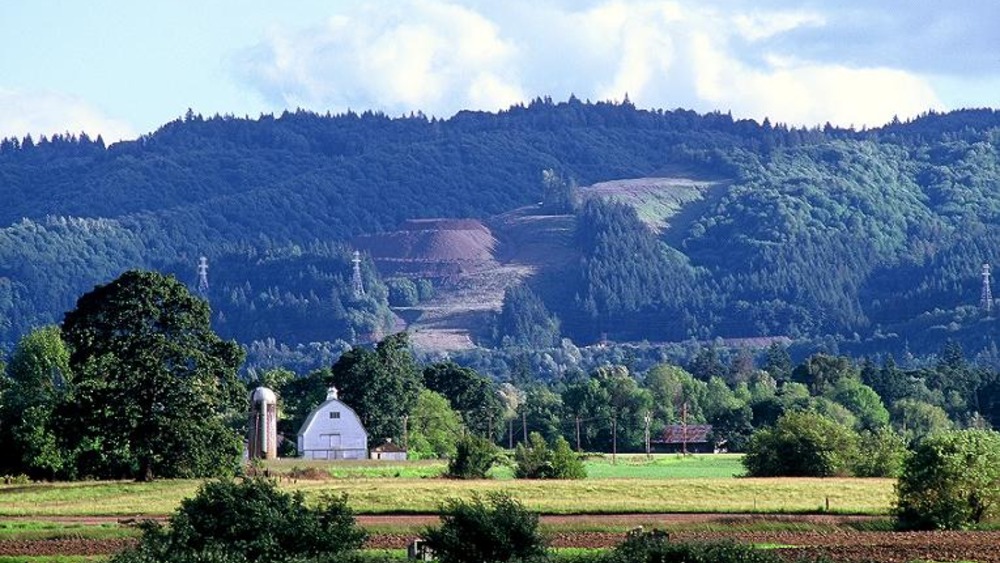
New reporting project focuses on Indigenous food sovereignty in the Columbia River Basin
There’s no official definition for the term “food sovereignty,” but the Indian Affairs Bureau describes it as “the ability of communities to determine the quantity and quality of the food that they consume by controlling how their food is produced and distributed.” Portland-based news outlet…
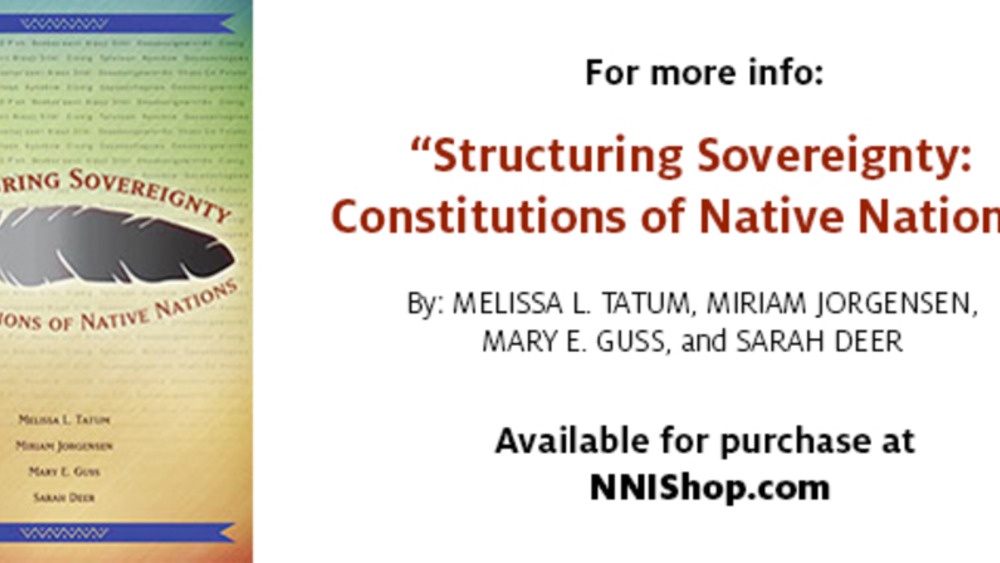
Confederated Tribes of the Warm Springs Constitution
Location: Oregon Population: 4,000 Date of Constitution: 1938, as amended 1992 Preamble: We, the Confederated Tribes of the Warm Springs Reservation of Oregon, in order to establish a more responsible and effective organization to promote our general welfare, conserve and develop our lands and…
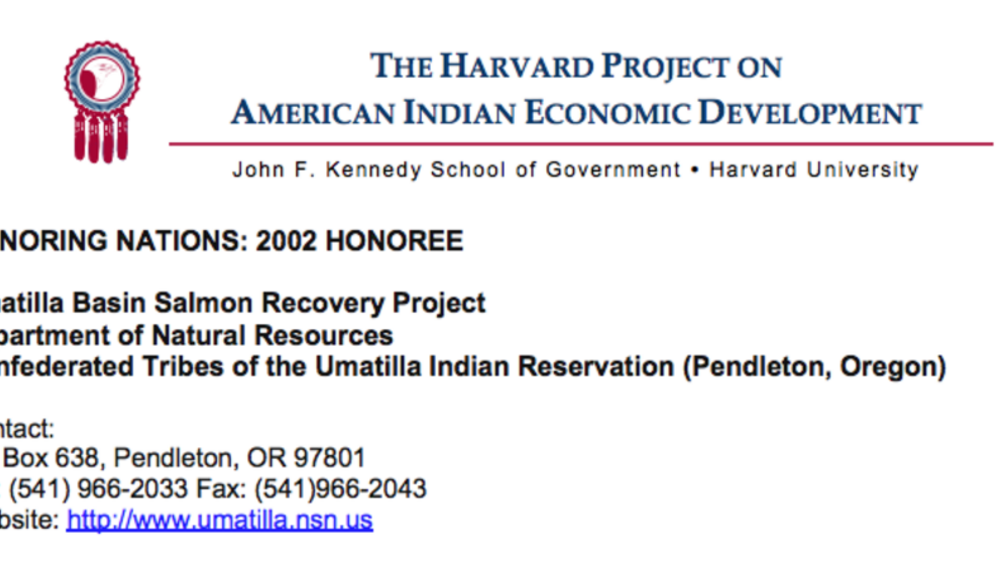
Umatilla Basin Salmon Recovery Project
The Umatilla Basin Salmon Recovery Project has successfully restored salmon to the Umatilla River, where they had been absent for nearly 70 years, while also protecting the local irrigated agriculture economy. Partnering with local irrigators and community leaders, the tribe undertook a…
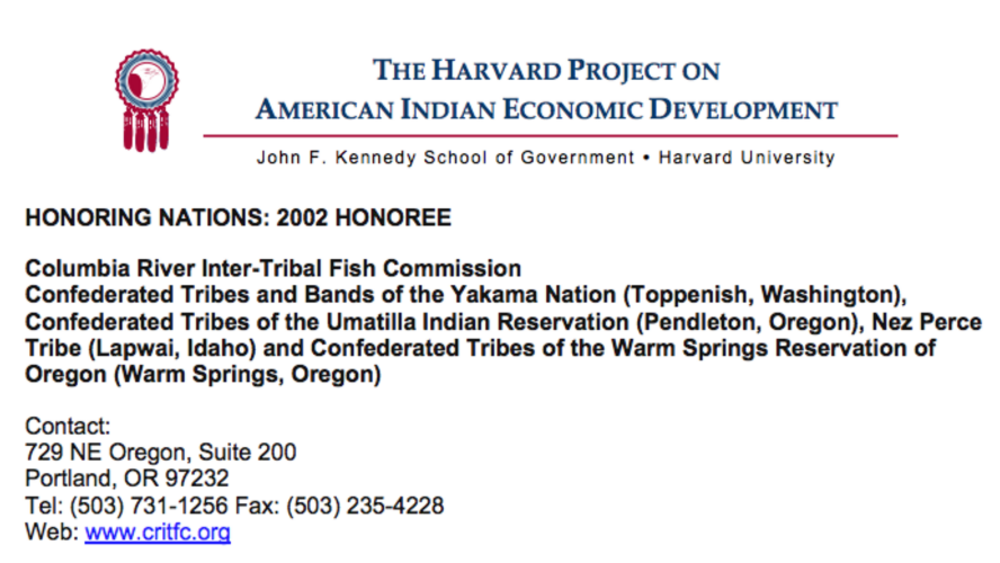
Columbia River Inter-Tribal Fish Commission
Charged with the overall management of its member tribes’ fisheries resources and advocating for the protection of treaty rights, the Columbia River Inter-Tribal Fish Commission’s (CRITFC) programs include fisheries enforcement, policy development and litigation support, fish marketing, and…
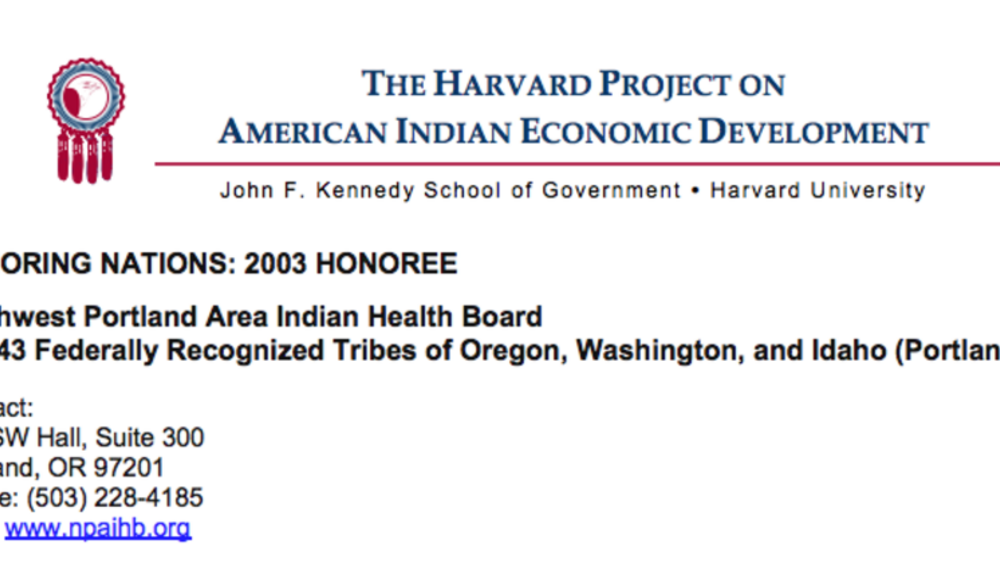
Northwest Portland Area Indian Health Board
Serving tribes in Oregon, Washington, and Idaho, the Northwest Portland Area Indian Health Board (NPAIHB) was created in 1972 to increase tribes’ ability to exercise control over the design and development of tribal health care delivery systems. Governed by tribal government delegates, NPAIHB…
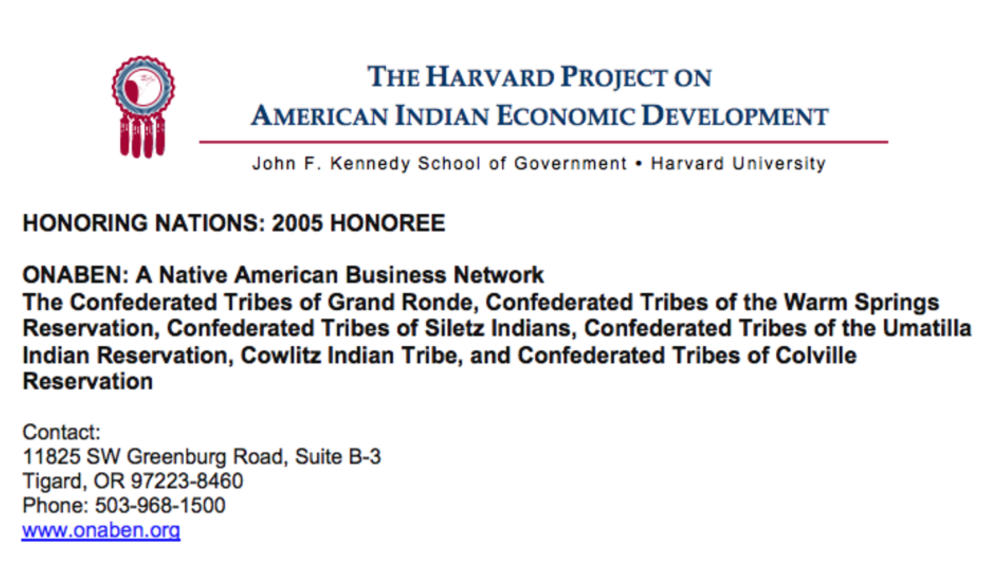
ONABEN: A Native American Business and Entrepreneurial Network
Founded by a consortium of Native nations in the Pacific Northwest, ONABEN's mission is to increase self-reliance by promoting the development of tribal-citizen-owned small businesses and the diversification of reservation economies. ONABEN's programs provide financial counseling, business…
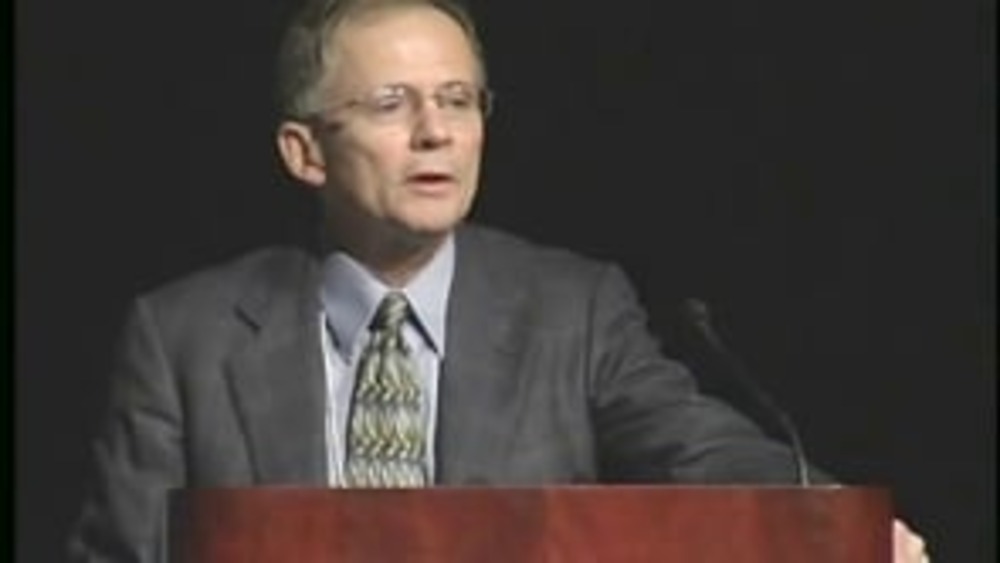
Honoring Nations: Tom Hampson: ONABEN: A Native American Business Network
Former Executive Director of ONABEN Tom Hampson presents an overview of the organization's work to the Honoring Nations Board of Governors in conjunction with the 2005 Honoring Nations Awards.
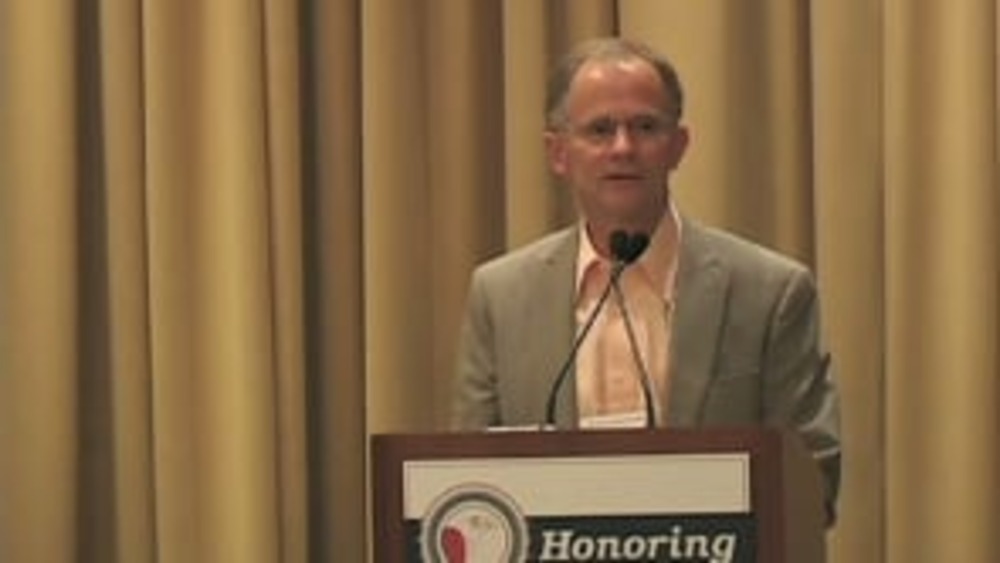
Honoring Nations: Tom Hampson: Native Asset Building
ONABEN Executive Director Tom Hampson discusses the resilient entrepreneurial spirit that exists in Indian Country, and how it can be a key to transformative change in Native communities.
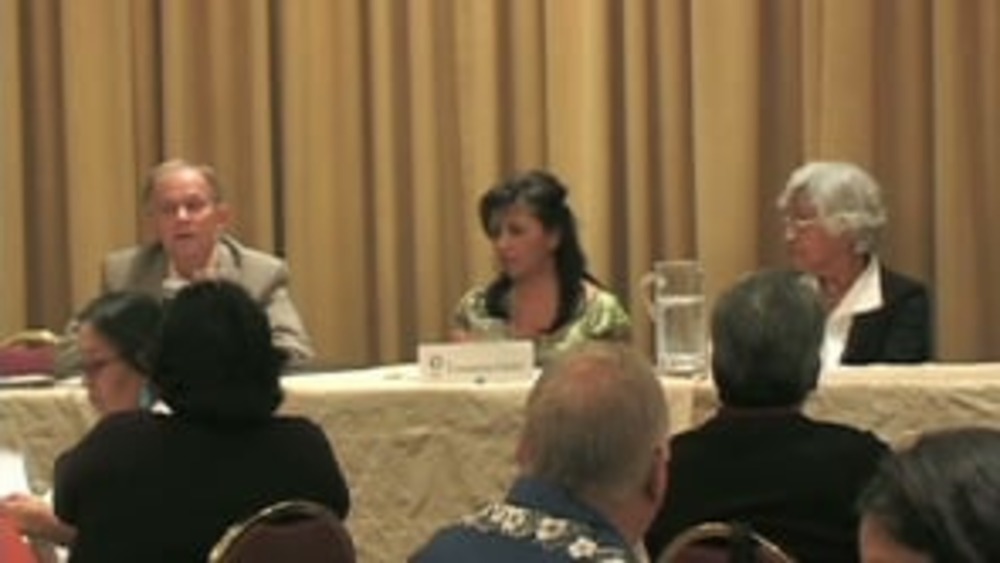
Honoring Nations: Tom Hampson: Native Asset Building (Q&A)
ONABEN Executive Director Tom Hampson fields audience questions about ONABEN's work and strategies for cultivating entrepreneurship in Indian Country.
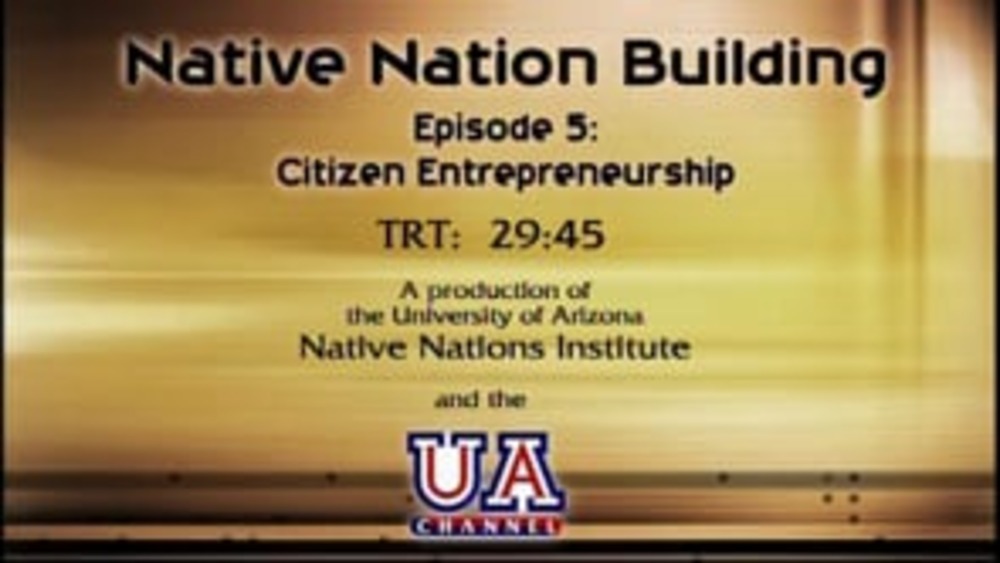
Native Nation Building TV: "Promoting Tribal Citizen Entrepreneurs"
Guests Joan Timeche and Elsie Meeks examine the pivotal role that citizen entrepreneurs can play in a Native nation's overarching effort to achieve sustainable community and economic development. It looks at the many different ways that Native nation governments actively and passively hinder…
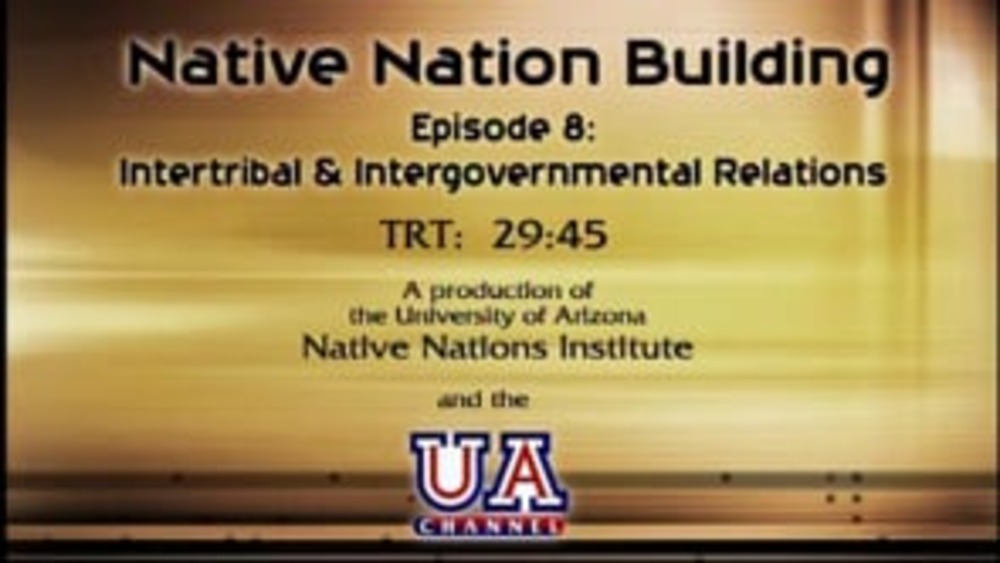
Native Nation Building TV: "Intergovernmental and Intertribal Relations"
Guests Jaime Pinkham and Sarah Hicks focus on Native nations’ efforts to enhance their relationships with other governments as a way to advance their nation-building objectives. It details how some Native nations are forging mutually beneficial intergovernmental agreements, and chronicles the many…
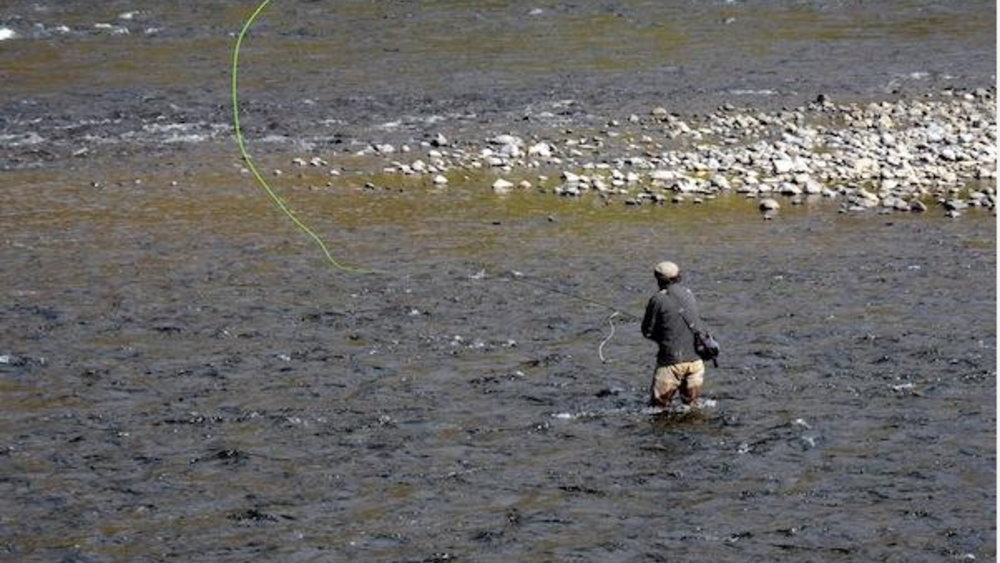
Tribes Recondition Steelhead to Bring Back Endangered Trout
The notion of “reconditioning steelhead” might sound outlandish, even a bit ominous, at least when applied to an animal. Reconditioning is what’s done to prepare discarded electronics for resale, and the word carries connotations of recycling. How does one recycle a fish? It turns out, though, to…
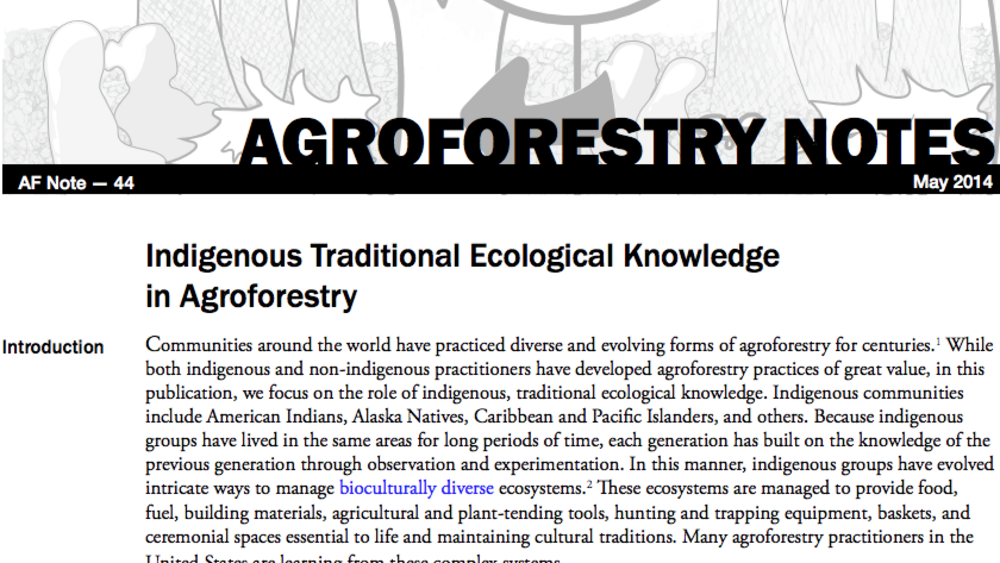
Indigenous Traditional Ecological Knowledge in Agroforestry
Communities around the world have practiced diverse and evolving forms of agroforestry for centuries. While both Indigenous and non-Indigenous practitioners have developed agroforestry practices of great value, in this publication, we focus on the role of Indigenous, traditional ecological…
